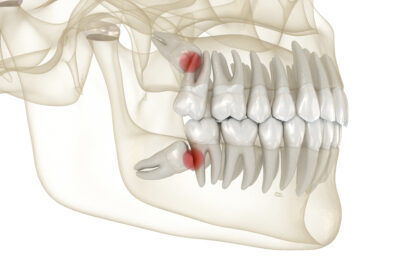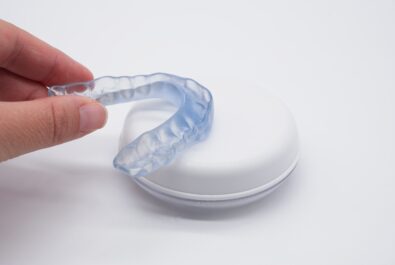You may have seen billboards around town advertising “sleep dentistry” or an “anxiety-free dentist,” and if you live with anxiety or fear associated with visiting the dentist, those promises probably seem pretty attractive. But are these guarantees too good to be true? Today, Shawn Hofkes, DDS, a Cerritos CA dentist with specialized training in sedation dentistry, discusses how a lack of information has led to two commonly-held misunderstandings about this patient-focused dental service.
Misconception: Dental Sedation Puts You to Sleep
Dental sedation is often (mistakenly) lumped together with general anesthesia. As a result, many people believe that sedation dentistry will place them in an unconscious, immobilized state.
Reality Check
Dental sedation does not, in fact, induce a state of sleep or unconsciousness. Instead, the anti-anxiety medications used in oral sedation and IV sedation place patients in state of deep relaxation. Patients undergoing dental sedation look like they’re asleep. However, they are technically conscious and can respond to questions asked by the dentist or the assisting staff. In fact, this ability to respond to questions is one way a dentist ensures his patient’s safety during a complex procedure, like wisdom teeth removal or dental implant placement. The near-sleep state induced by dental sedation allows patients to remain comfortable and safe. Even better, it produces an amnesic effect, meaning that most patients have no unpleasant memories of their procedure. Patients with dental anxiety often identify loss of control as a primary factor leading to their fear. Since they will remain technically awake, they can feel more in control and, as a result, more confident about receiving dental care.
Misconception: Dental Sedation isn’t Safe
A lack of knowledge about the medicines used in sedation dentistry and generalized concerns over safety during a procedure prompt many to believe that dental sedation isn’t safe.
Reality Check
Knowledge is key to understanding how safe sedation dentistry truly is. First, years of experience and research shows that the medicines used in all forms of sedation dentistry are safe for most people. Nitrous oxide has been used as a mild form of sedation in dentistry since the mid-1800s and has been proven safe for even young children. The anti-anxiety medications used in oral and IV sedation (like Valium, Halcyon, and others) have also been shown to cause no ill effects when administered in appropriate doses under close supervision.
Finally, dentists who offer sedation dentistry must follow rigorous protocols for safety. During the procedure, the dentist and assisting staff will monitor pulse, blood pressure, heart rate, and blood oxygen levels. They will also ask the patient questions. Outside of the treatment room, dentists must also perform regular safety checks to ensure that their equipment functions properly, all medications are within date, oxygen tanks are at full pressure, and staff members have current CPR/ACLS training.
About Shawn Hofkes, DDS
With specialized training in oral and maxillofacial surgery and certification in sedation dentistry, Shawn Hofkes, DDS has the knowledge and experience to provide comfortable, advanced dental care. To schedule your appointment or consultation with Dr. Hofkes, contact us today. We proudly serve patients of all ages from Cerritos, Lakewood, Long Beach, Buena Park, and all surrounding communities.














